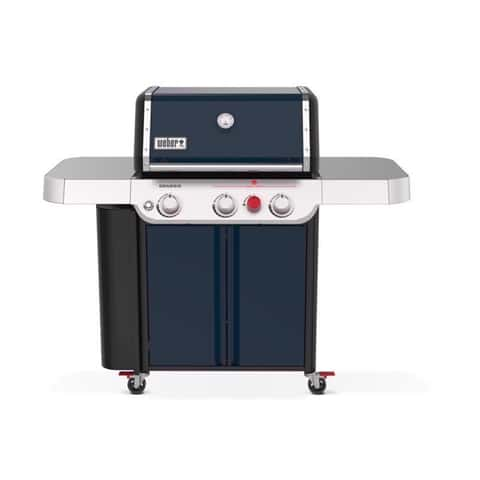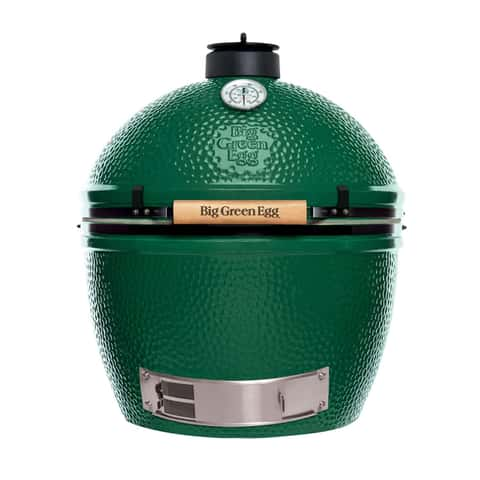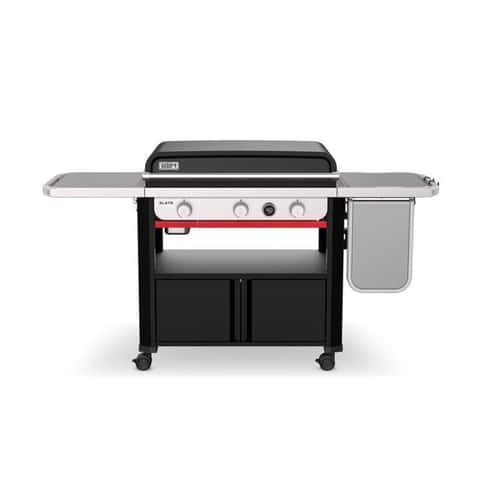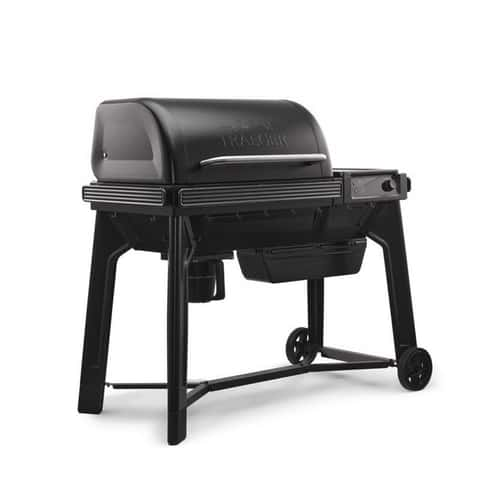High-Quality Overhead Door Solutions Designed For Security, Performance, And Style
Overhead doors are essential for both residential and commercial properties, providing security, convenience, and aesthetic appeal. Choosing the right door solution ensures safety, enhances performance, and complements the architectural style of any building. High-quality overhead doors are designed to meet the modern demands of durability, functionality, and design.
Overhead Doors Matter
An overhead door is more than just an entry point; it plays a critical role in property protection and operational efficiency. Durable overhead door systems provide smooth operation, reliability, and long-term performance for homes and businesses.
Key benefits include:
- Enhanced security: Sturdy materials and advanced locking mechanisms prevent unauthorized access.
- Durability: Quality construction withstands harsh weather, heavy usage, and wear over time.
- Energy efficiency: Insulated doors reduce heat loss and maintain consistent indoor temperatures.
- Aesthetic appeal: Modern designs add value and visual appeal to residential and commercial properties.
Features of High-Quality Overhead Door Solutions
Trusted overhead door solutions are engineered to balance performance, safety, and design. Top features include:
- Robust materials: Doors are constructed with heavy-duty steel, aluminum, or reinforced composites to ensure long-lasting durability.
- Advanced insulation: Insulated panels maintain temperature control and minimize noise.
- Smooth operation: Precision-engineered tracks and rollers provide quiet and efficient opening and closing.
- Customizable design options: Wide variety of colors, finishes, and window options to match property style.
- Safety mechanisms: Automatic sensors, emergency release features, and anti-fall systems ensure user safety.

Choosing the Right Overhead Door
Selecting the best overhead door depends on your property’s needs and intended use. Consider the following factors:
- Purpose: Determine if the door is for residential, commercial, or industrial use.
- Material: Choose between steel, aluminum, or composite materials based on durability and aesthetic requirements.
- Insulation needs: High-insulation doors are ideal for energy efficiency and sound reduction.
- Design preferences: Consider color, panel style, and window options to complement the property’s architecture.
- Maintenance requirements: Select doors designed for minimal upkeep while maintaining long-term performance.
Benefits of Professional Installation and Maintenance
High-quality overhead doors achieve their full potential when installed and maintained by experts. Proper installation ensures smooth operation, prevents damage, and extends the lifespan of the door. Regular maintenance, including lubrication, alignment checks, and inspection of safety features, guarantees optimal performance and prevents costly repairs.
Investing in high-quality overhead door solutions provides security, performance, and style for any property. By choosing durable materials, modern designs, and expert installation, property owners can enjoy enhanced safety, energy efficiency, and visual appeal. High-performance overhead doors not only protect valuable assets but also elevate the overall look and functionality of homes, businesses, and industrial facilities.







